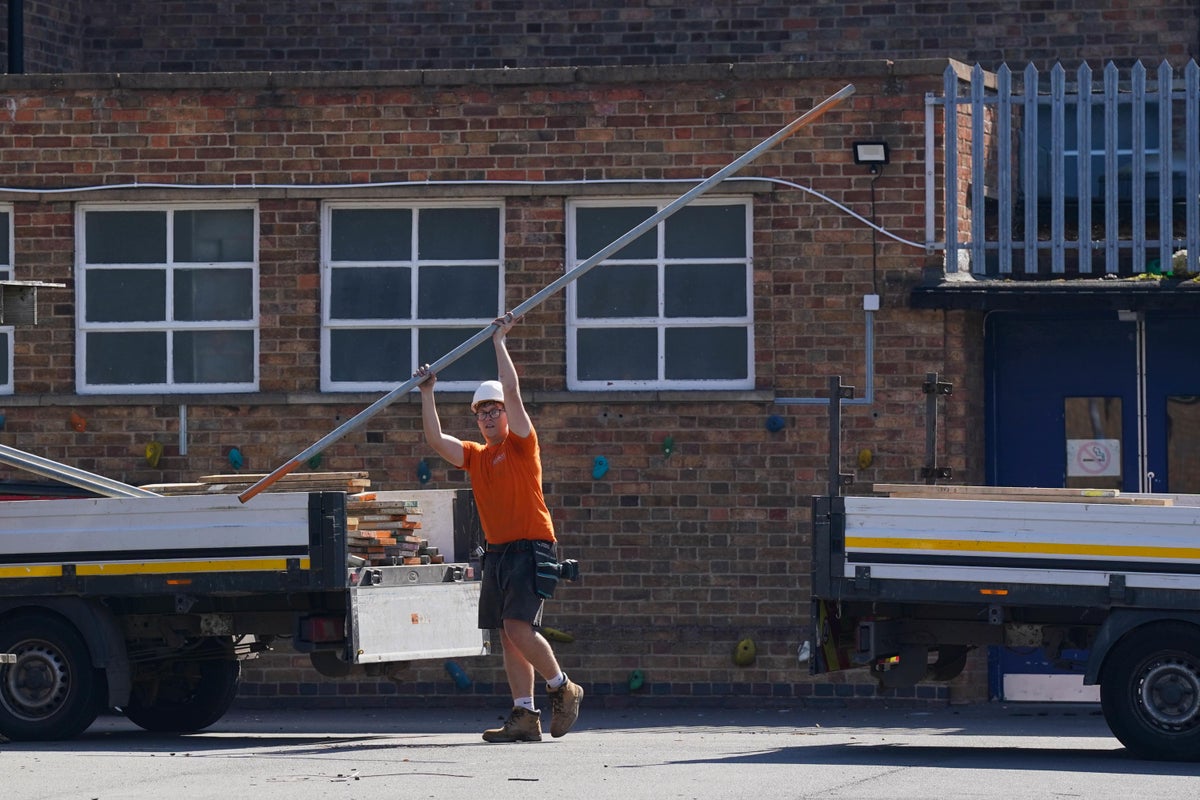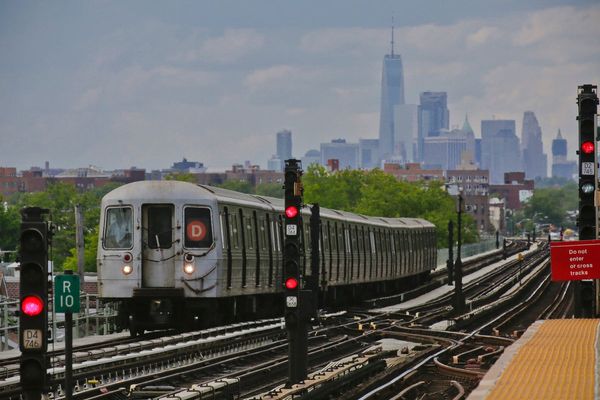
Reinforced autoclaved aerated concrete (Raac) – which is a lightweight building material used from the 1950s up to the mid-1990s – is now assessed to be at risk of collapse.
The Government has been aware of public sector buildings that contain Raac since 1994 and it began monitoring their condition in 2018.
Just days before the new academic year, more than 100 educational settings in England were told by the Government to fully or partially close because their buildings contain the collapse-prone concrete.
Here is a timeline of events in the run-up to the crumbling concrete crisis:
July 2018 – Part of the roof above the staff room at Singlewell Primary School in Gravesend, Kent, collapsed. Raac was linked to the collapse of the roof.
December 2018 – The Department for Education (DfE) and the Local Government Association made building owners aware of a recent building component failure in a property constructed using Raac.
February 2021 – The DfE issued a guide on how to identify, assess and manage Raac in schools.
March 2022 – The DfE asked responsible bodies – academy trusts and councils – to complete a questionnaire about the use of Raac in their schools.
September 2022 – The DfE started a programme where it sent professional surveyors to visit schools to assess whether Raac was present.
December 2022 – The DfE’s annual report for 2021/2022 highlighted that there was “a risk of collapse of one or more blocks in some schools”. The direction of travel for this risk was assessed as “worsening”.
February 2023 – A coalition of unions called for urgent action to ensure deteriorating school buildings at risk of collapse were made safe. In a letter to Education Secretary Gillian Keegan – which highlighted concerns about the existence of Raac in schools – seven unions asked the Government to set out the measures taken to eradicate the risk of the collapse of buildings.
May 2023 – Labour ramped up pressure on the Government to publish data showing the location and condition of school buildings at risk of collapse.
June 2023 – The National Audit Office (NAO) warned that the Government did not have sufficient information to manage “critical” risks to the safety of pupils arising from a deterioration in the condition of school buildings.
Summer 2023 – The Government became aware of three cases where Raac – which would have previously been graded as non-critical – failed. The first was in a commercial setting and the second was in a school in a different educational jurisdiction. Then in late August, a third failure of Raac panels occurred at a school in England.
August 2023 – The Health and Safety Executive (HSE) announced: “Raac is now life-expired. It is liable to collapse with little or no notice.”
August 31 2023 – The Government announced that there were 156 educational settings in England containing the aerated concrete that is prone to collapse. In total, 104 settings – which did not have mitigations in place – were told to vacate buildings containing Raac. The Government said recent cases had changed their assessment of the risk that Raac poses to safety.







